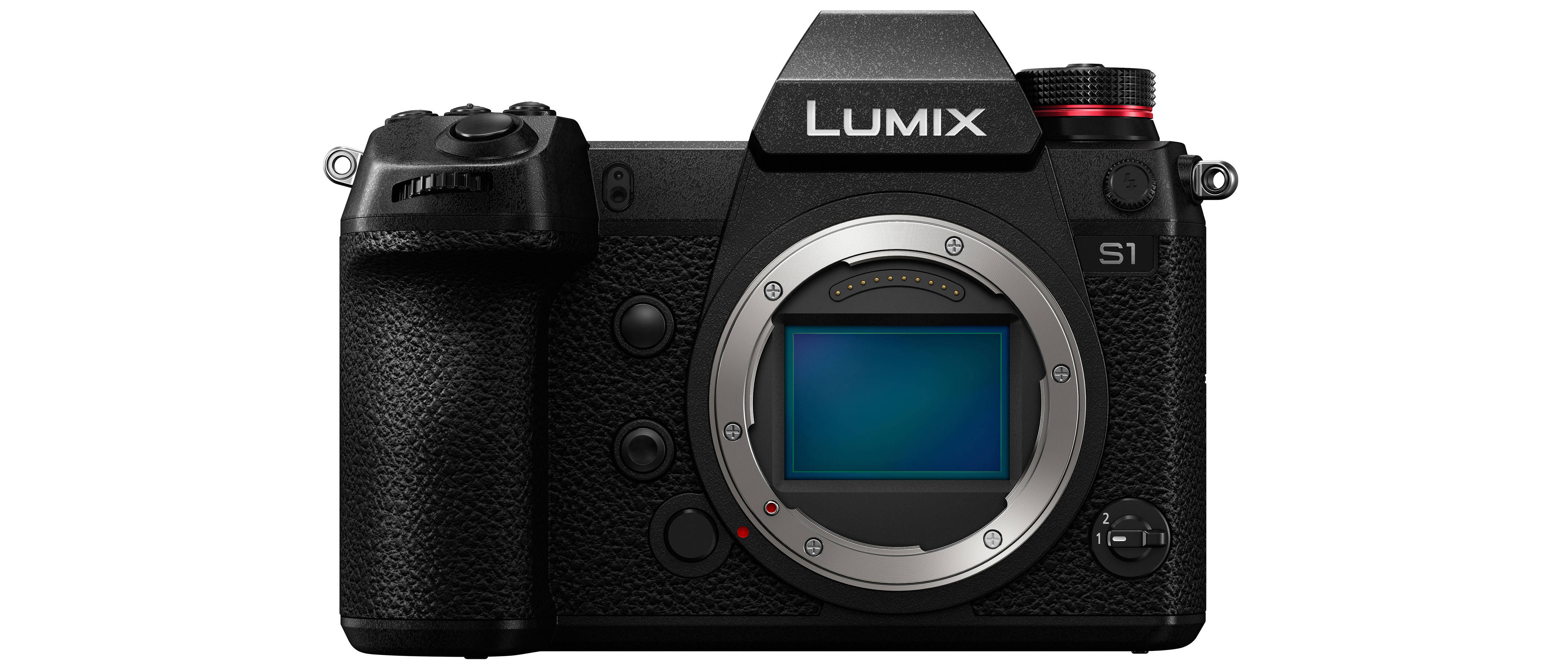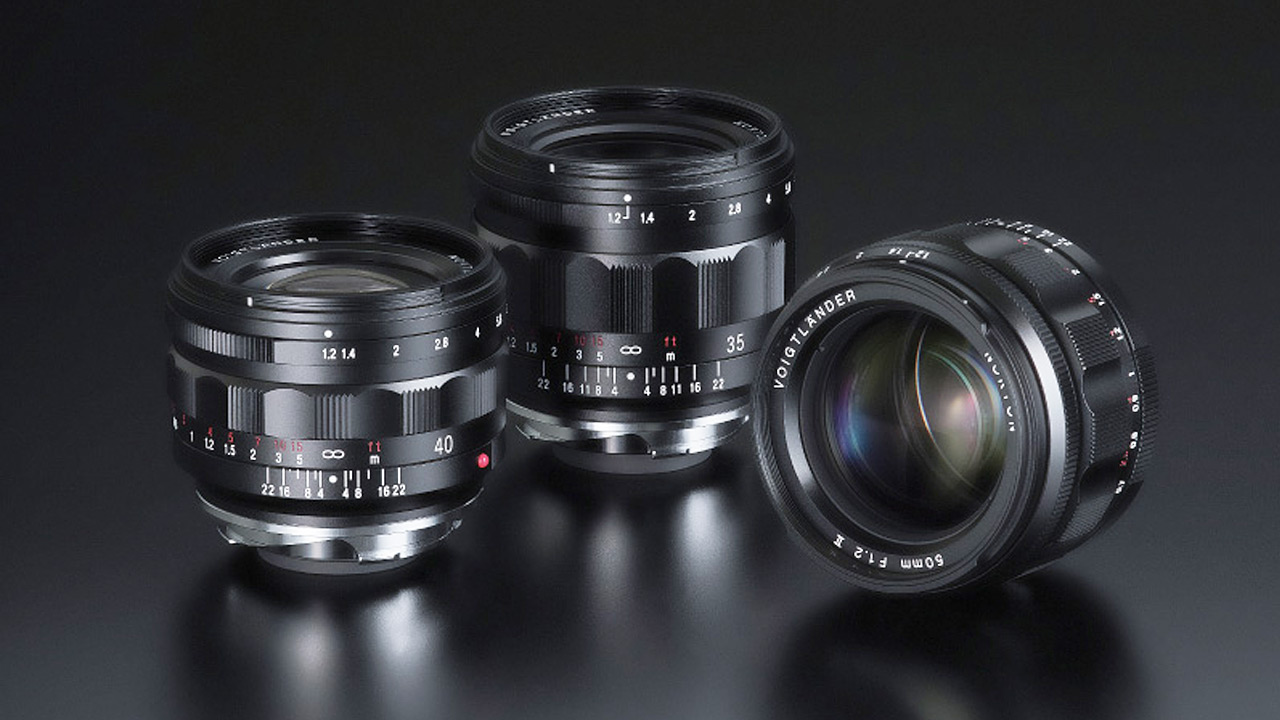Digital Camera World Verdict
The Panasonic S1 is a solid, high-quality camera that delivers superb video and stills in many situations, it only lacks in credentials as a sports camera.
Pros
- +
Stunning image quality
- +
5-axis in-body image stabilisation
- +
Impressive video specs
- +
Accessible price relative to S1R
Cons
- -
Iffy contrast-detect AF tracking
- -
Currently limited lens line-up
- -
Large for a mirrorless camera
Why you can trust Digital Camera World
The Panasonic S1 and S1R were first announced at Photokina in 2018. The S1 is the 24.2Mp model aimed at professional and experienced enthusiast photographers and videographers. Meanwhile, the 47.3Mp S1R is the high-resolution model aimed at pro stills photographers who may want to shoot video – check out our Panasonic S1R review.
• Read more: Best L-mount lenses
It's on the lower resolution tier of full frame mirrorless cameras, but that makes it better suited to uncropped 4K video capture, and its abilities in this area alone earn the Panasonic Lumix S1 a place on our list of the best full frame mirrorless cameras.
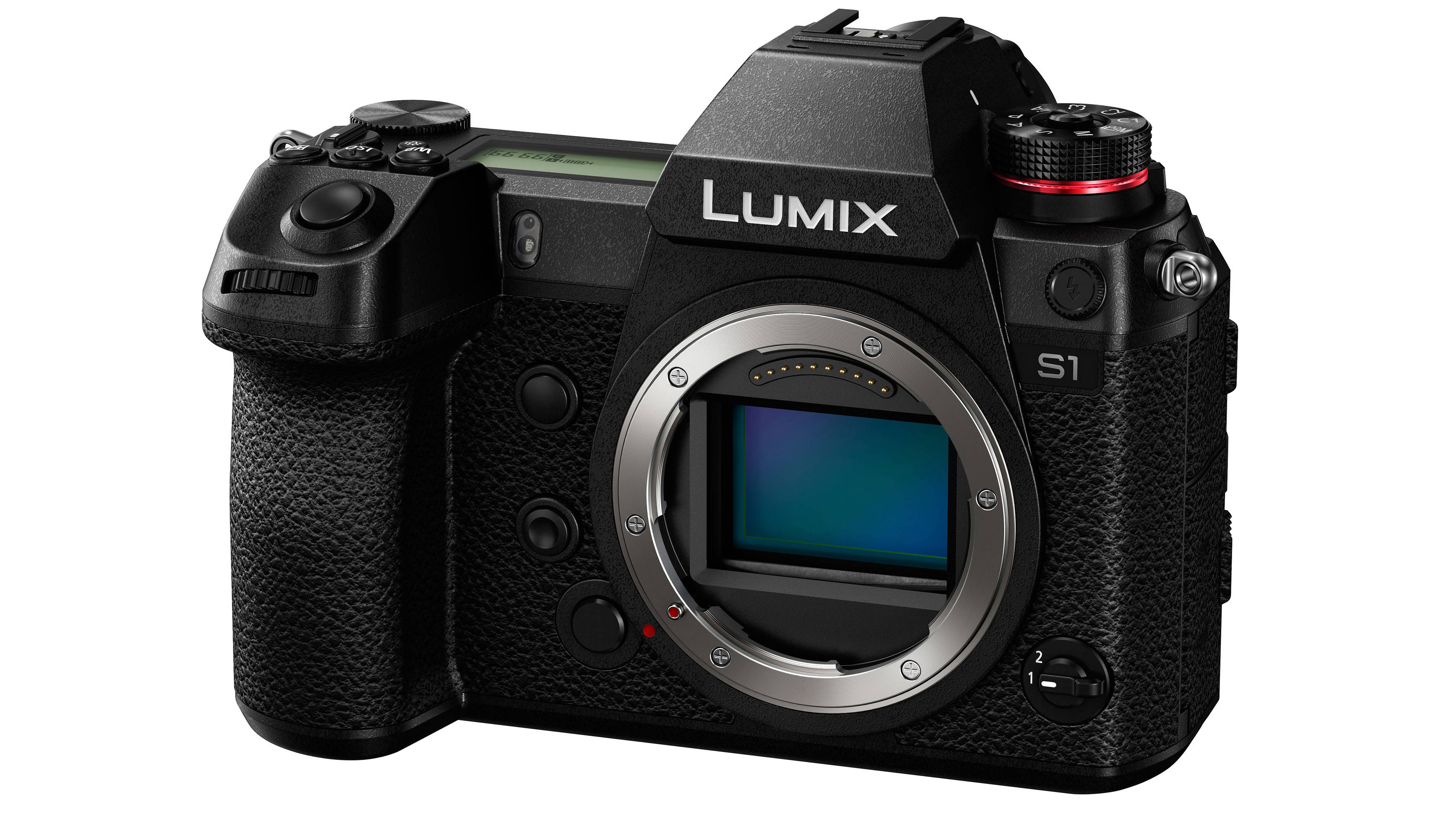
Specifications
Sensor: 24.2MP full-frame CMOS, 35.6x23.8mm
Image stabilisation system: 5-axis IBIS, 5.5-stop CIPA-rated
Autofocus: DFD contrast AF
Video: 4K UHD at 60p, 50p, 30p, 25p, 24p
Viewfinder: OLED Live Viewfinder with 5,760,000 dots
Memory card: Slot 1: XQD, Slot 2: SD/SDHC/SDXC, UHS-II compatible
LCD: 3.2-inch triaxial-tilt LCD with 2,100,000 dots
Max burst: 9fps
Connectivity: Wi-Fi, Bluetooth
Size: 148.9 x 110.0 x 96.7mm (body only)
Weight: 1,021g (body only, with battery and SD card)
Build and handling
Although it's not a twin-gripped camera, the S1 is pretty large, bigger than the Nikon Z 6 and Sony A7 III. However, that means there's room for a sturdy grip and bigger controls, which combine to make it feel good in your hand. Front and rear dials, plus a control wheel on the back of the camera and the excellent touch-screen also allow you to adjust settings quickly and easily. With 5,760,000 dots, the OLED electronic viewfinder (EVF) is the highest resolution viewfinder around. And the view in it is superb until light levels fall. Then it becomes a bit laggy even at either of its frame rates.
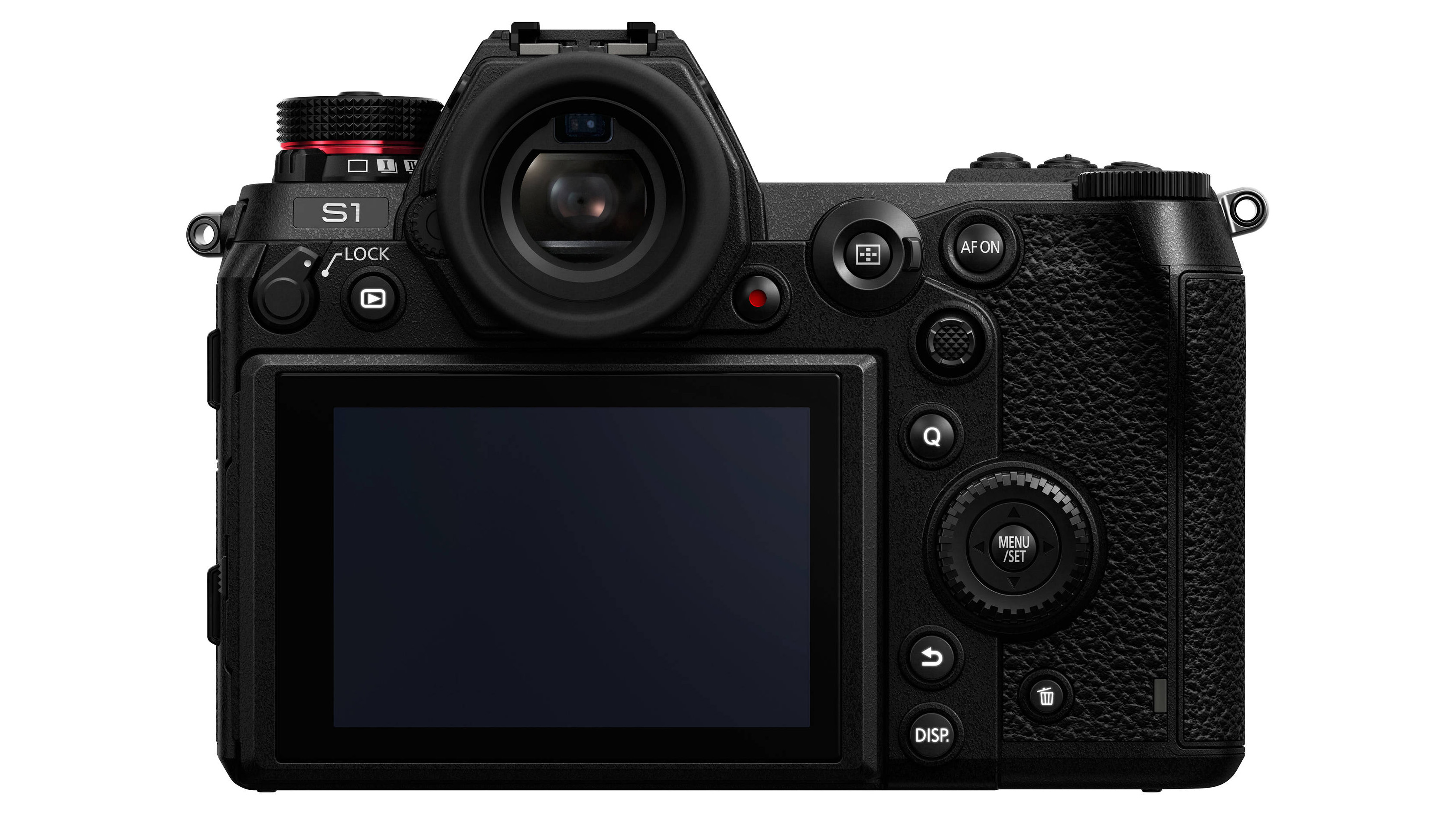
On the back of the camera the 3.2-inch, 2,100,000-dot screen has a dual-tilt mechanism that feels robust. It's useful for video and stills in whichever orientation you shoot, but it can't be flipped for viewing from in front of the camera. Given the high-end status of the S1, it's no surprise to find an extensive menu, but it's arranged reasonably logically. Nevertheless, its habit of sending you back to the last feature you accessed in each tab as you navigate between sections means it takes a while to find features in the early days. You seem to be continually scanning up and down looking for the feature you want.
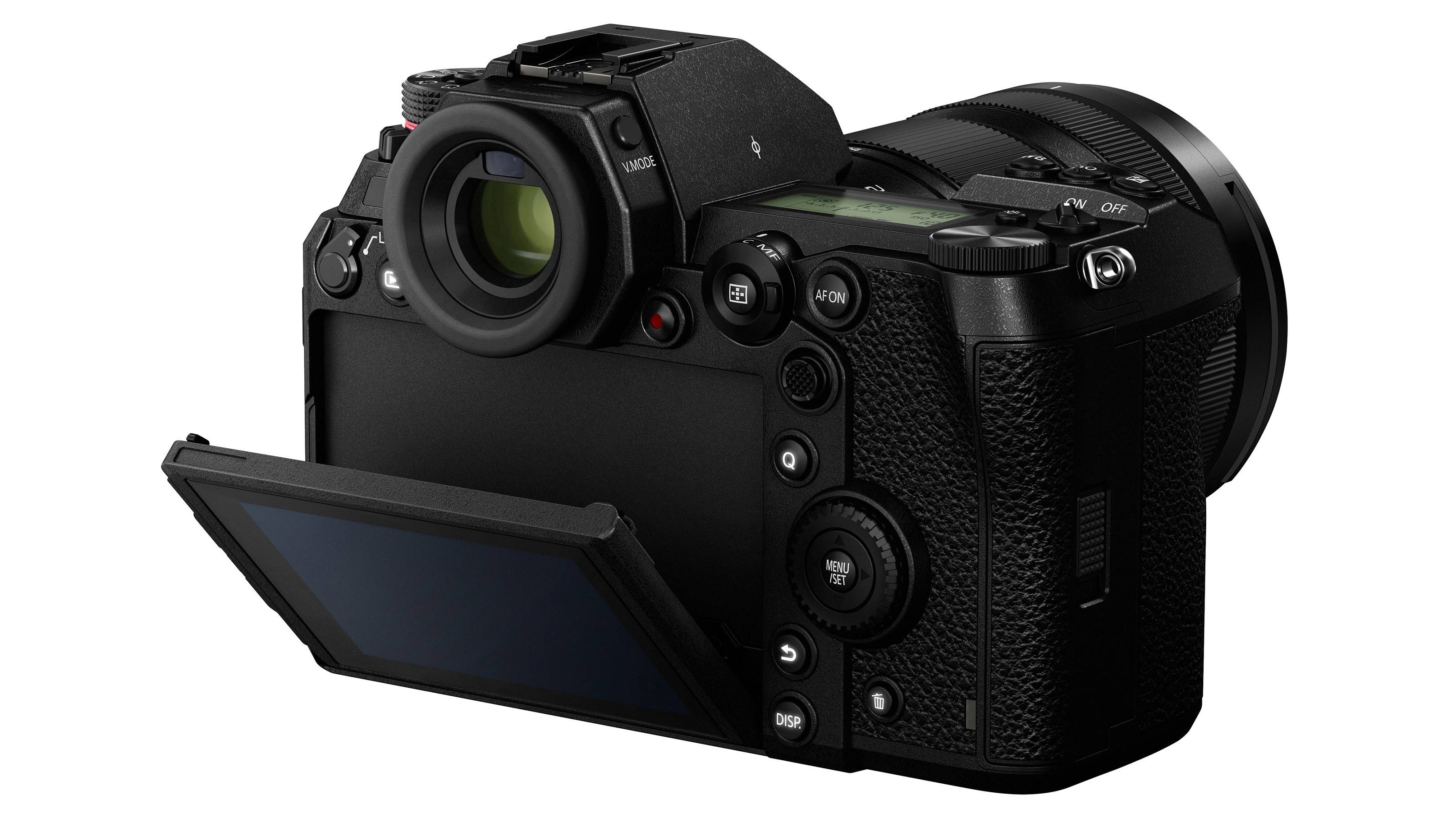
The L-mount lens mount standard
Along with Leica and Sigma, Panasonic is part of the L-Mount Alliance, and this agreement enables Panasonic to use the Leica L-mount on the S1 and S1R. This mount first appeared in 2014 and was used on the APS-C format Leica T. However, in 2015 Leica sprung a surprise and used the same mount on its SL, a full-frame mirrorless camera.
The L-mount has an inner diameter of 51.6mm and a flange distance of 20mm. Those figures are impressive but not quite so flash as those of the Nikon Z-series cameras which have a wider mount diameter (55mm) and even shorter flange distance (16mm). Nevertheless, according to the L-Mount Alliance, this design enables dust and moisture seals to be used and allows for fast lens creation.
Crucially, having three manufacturers in the L-Mount Alliance means that the number of compatible lenses should grow quicker than average.
Performance
The results from the S1 don't hold any major surprises as they accurately reflect what you see in the EVF and main screen when Constant Preview is selected in the menu. As we've found before with Panasonic cameras, the standard auto white balance setting is pretty reliable in natural light, but the Fine Weather setting tends to produce slightly more pleasing results.
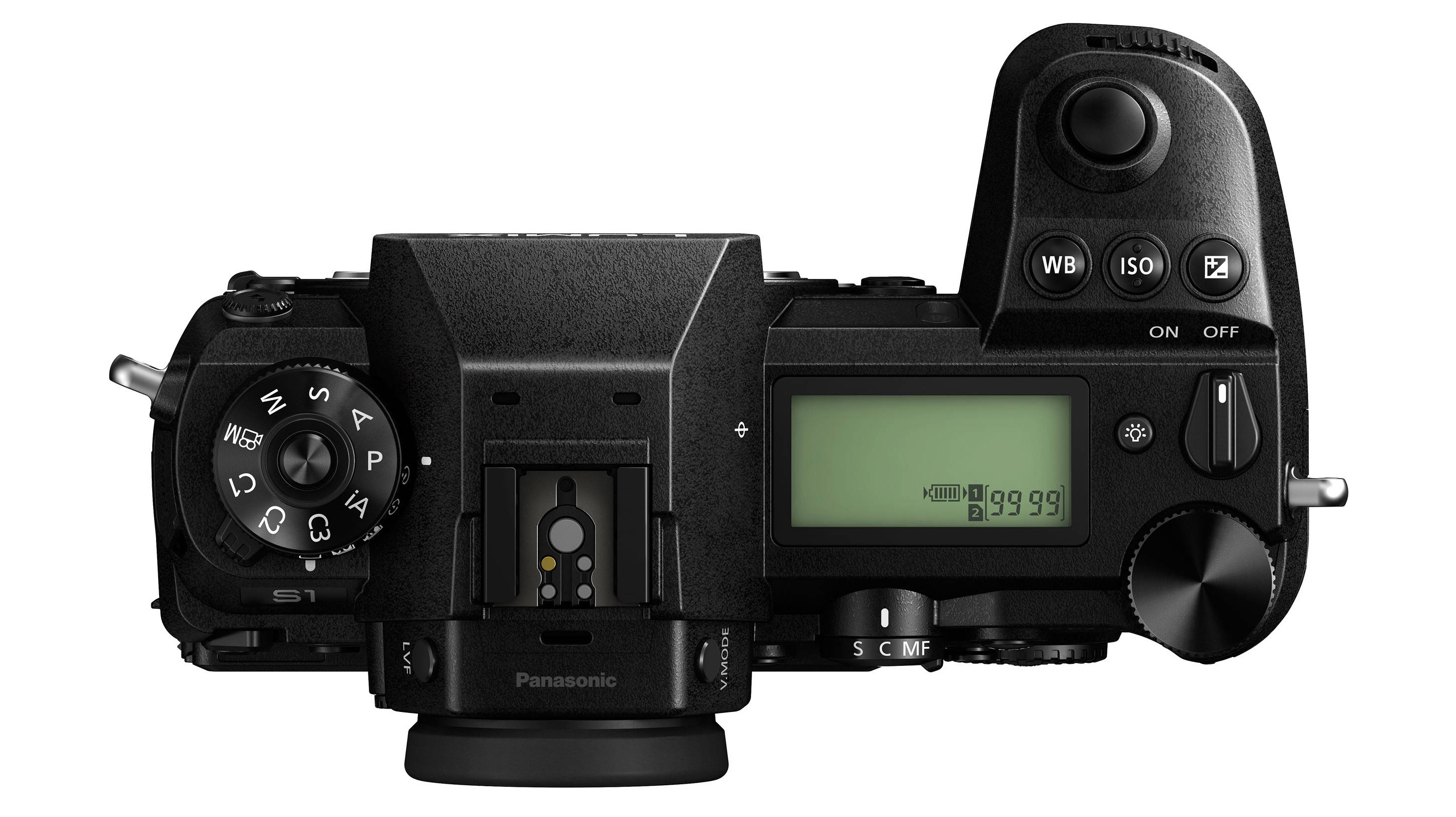
The S1's 24Mp sensor strikes a nice balance between detail level and noise visibility. Noise is controlled well up to around ISO 12,800, and the results at ISO 25,600 are good on the whole, but it's wise to be a little cautious. The noise reduction can be a bit too enthusiastic in some areas. As usual, the raw files are better, having more detail but more luminance noise.
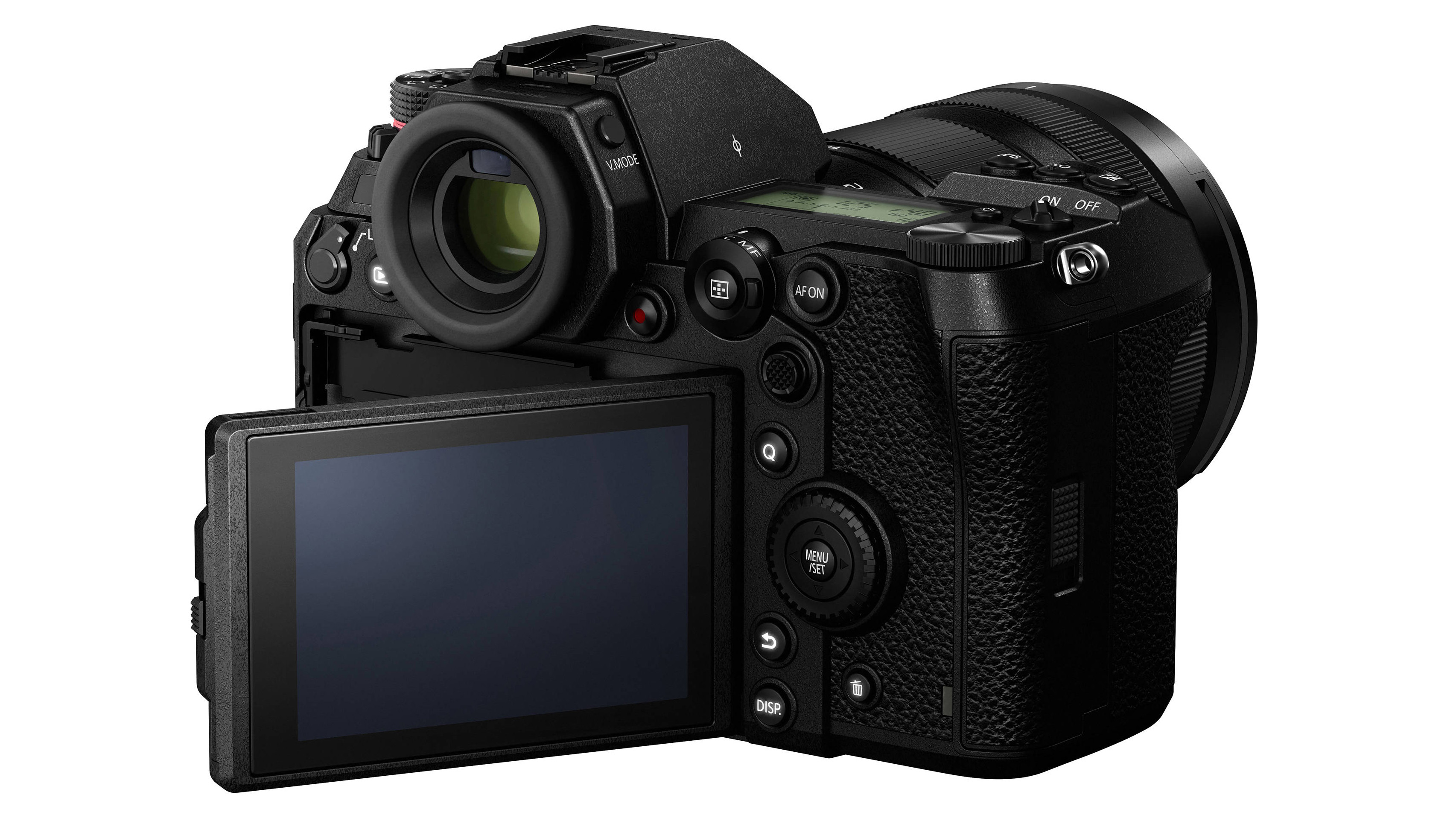
Another benefit of a moderate pixel count on a full-frame sensor is that the S1's dynamic range is very high. If you need to, low ISO raw files can be brightened by as much as 5EV with a relatively modest increase in luminance noise. That's a huge adjustment, a 2 or 3Ev alteration is more likely to be used for balance exposures in a landscape, and the S1 takes that in its stride.
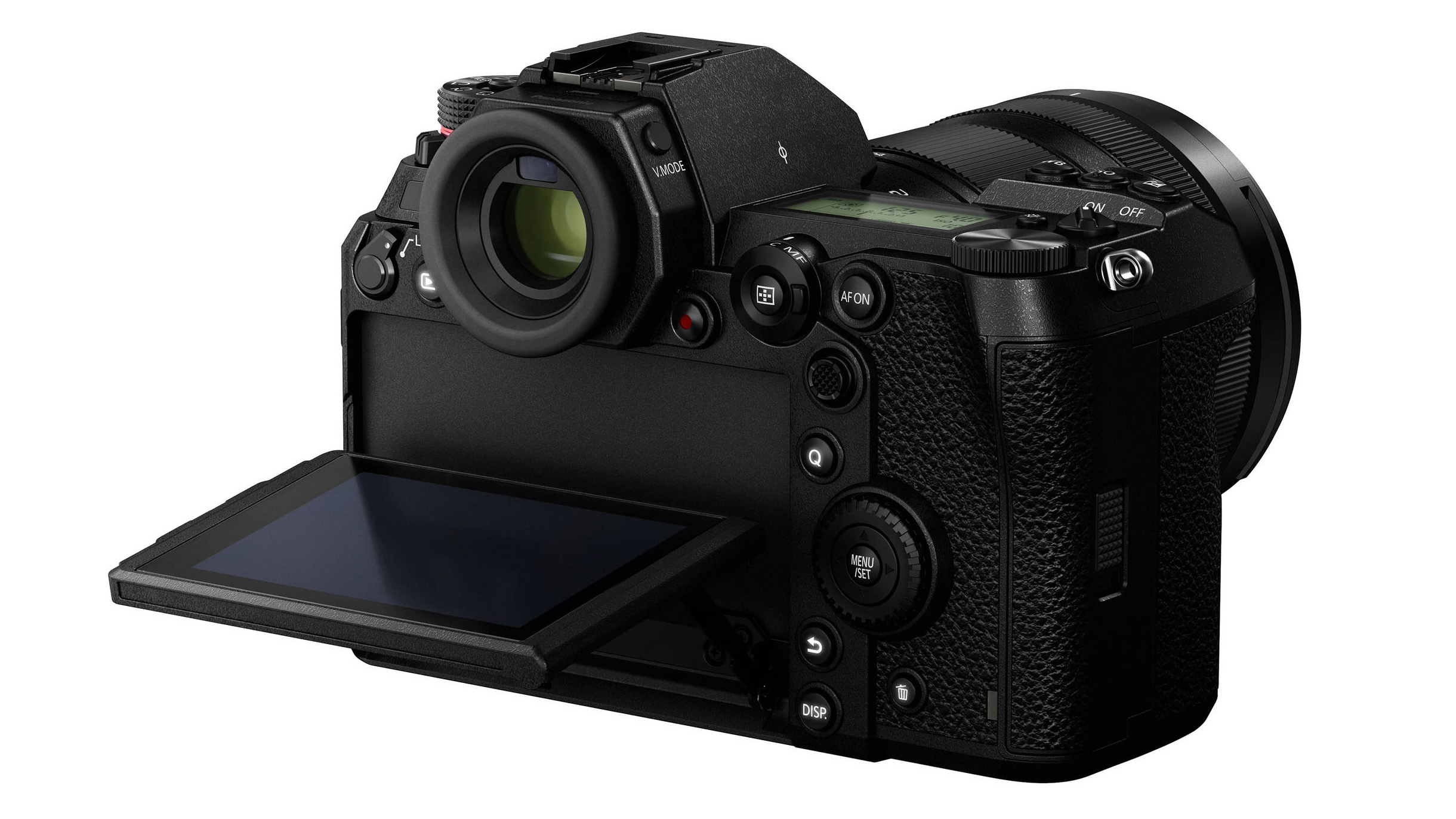
While other manufacturers have plumped for phase detection or hybrid AF systems for their full-frame cameras, Panasonic stuck with contrast detection for the S1. However, it's impressive. It's undoubtedly snappy enough to deliver sharp shots of fast-moving subjects, but it doesn't make it as easy as the Sony A7 III or Nikon Z 6 as the tracking isn't as reliable.
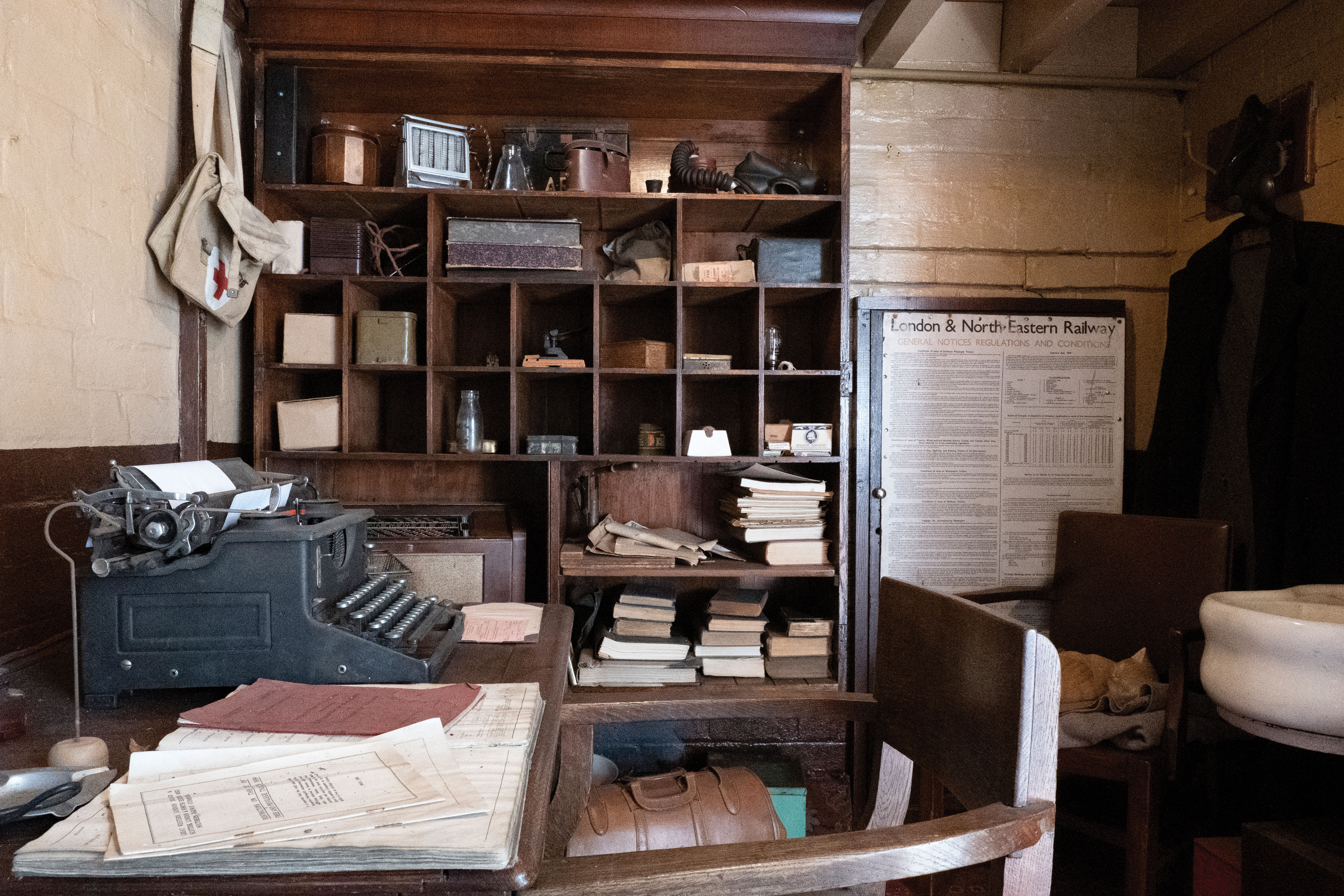


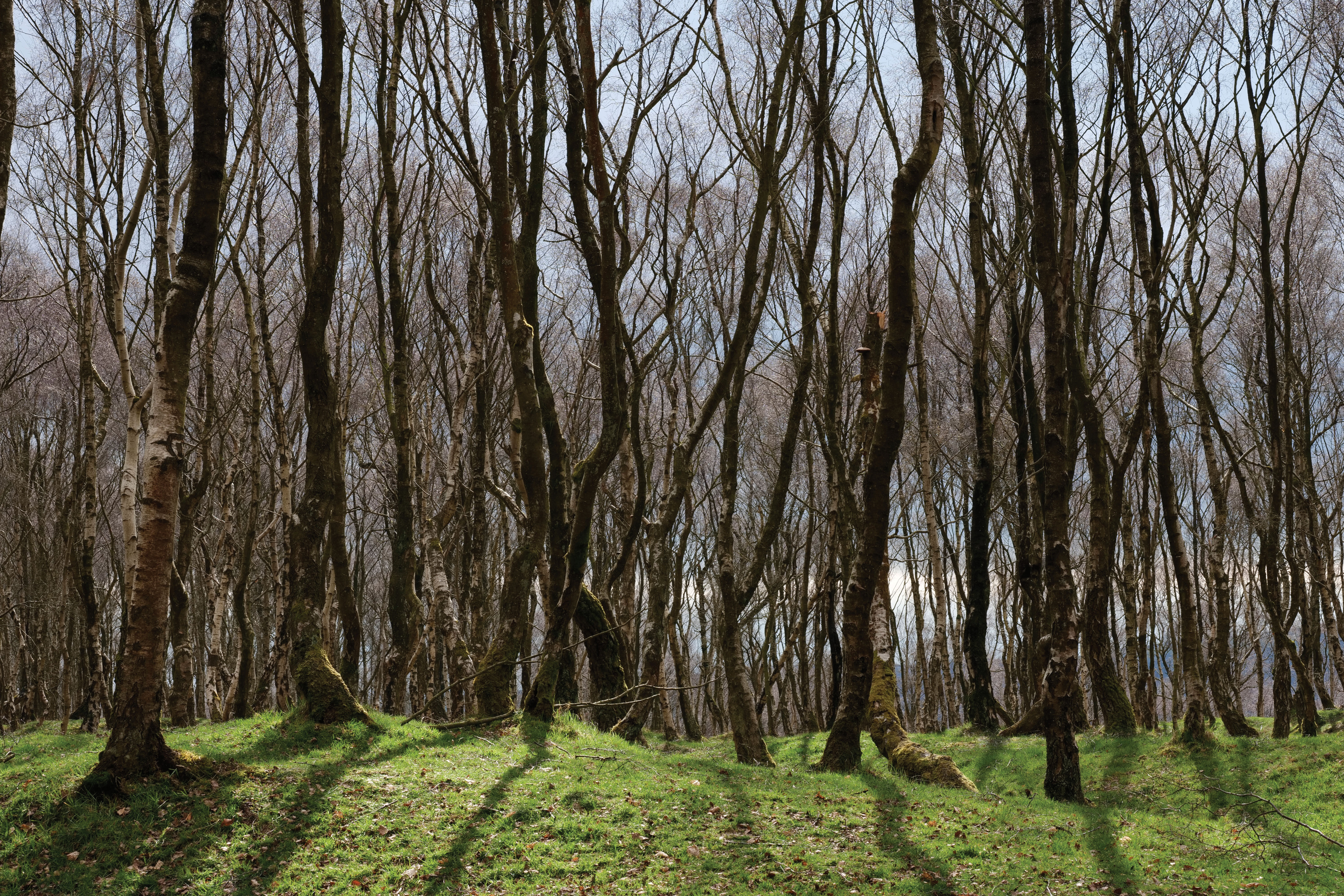

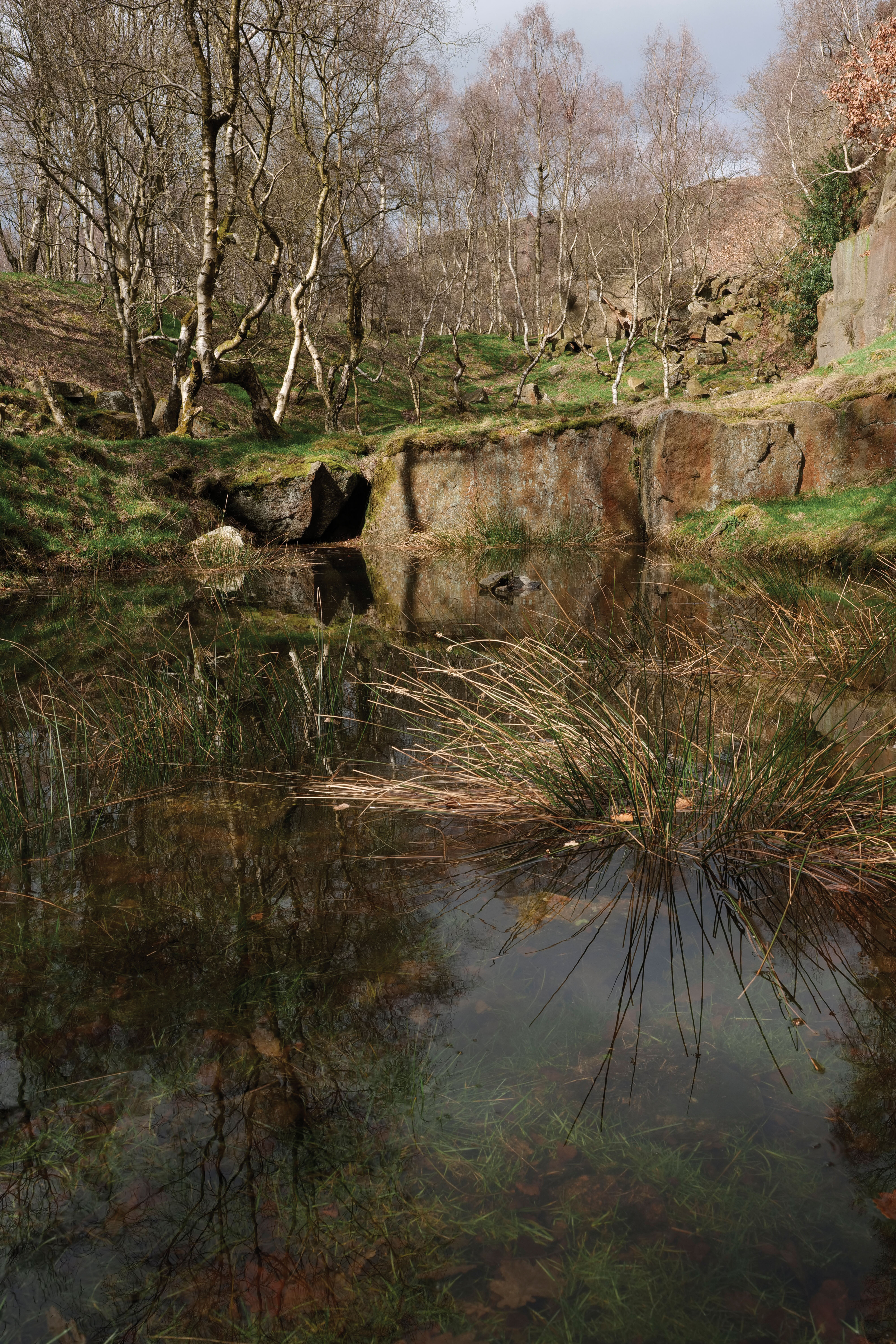
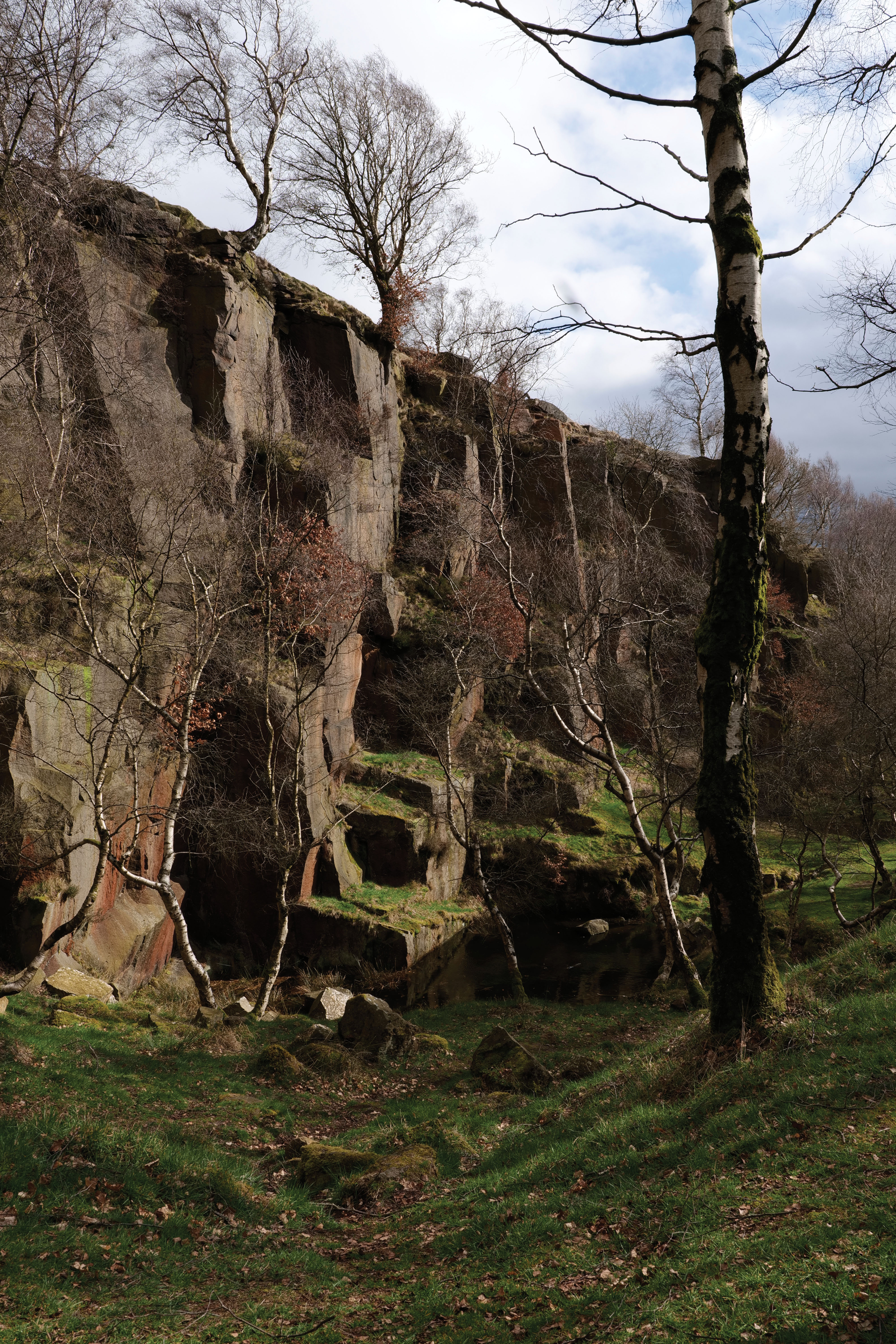
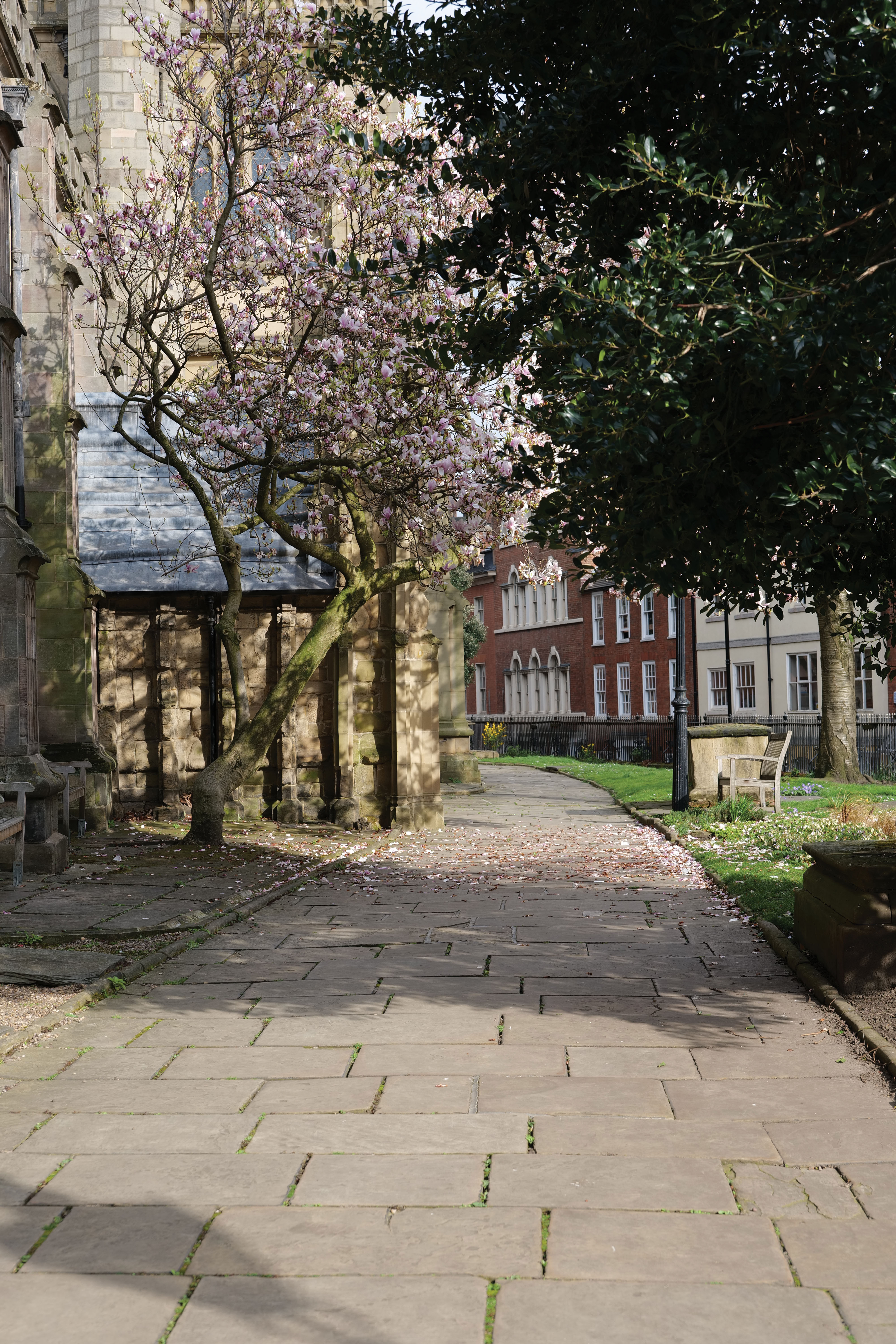
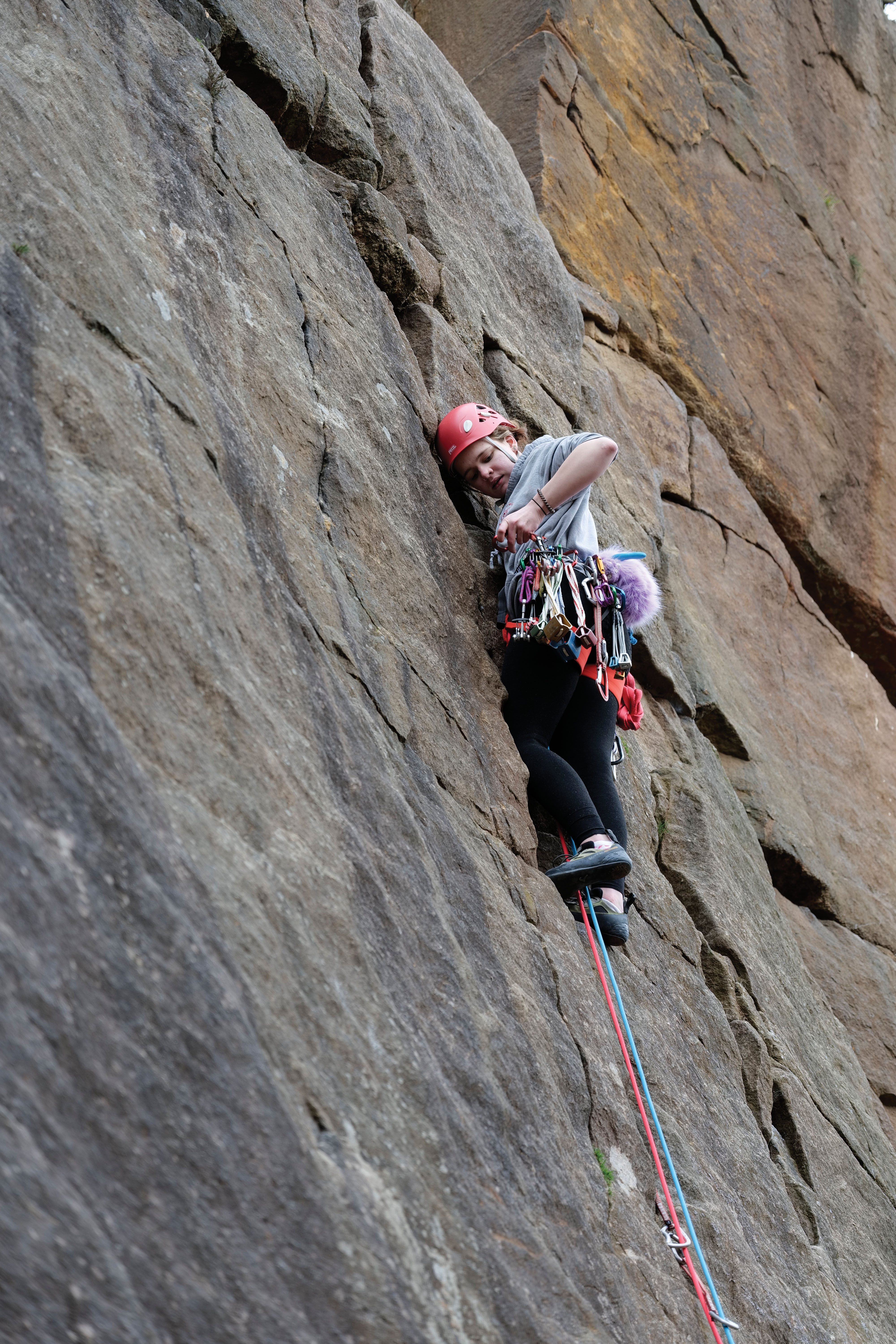

Lab results
For our lab test comparisons, we pitted the Lumix S1 against three key rivals, all with full-frame sensors, and all costing similar money body-only: the Canon EOS R, Nikon Z 6, and Sony Alpha a7 III.
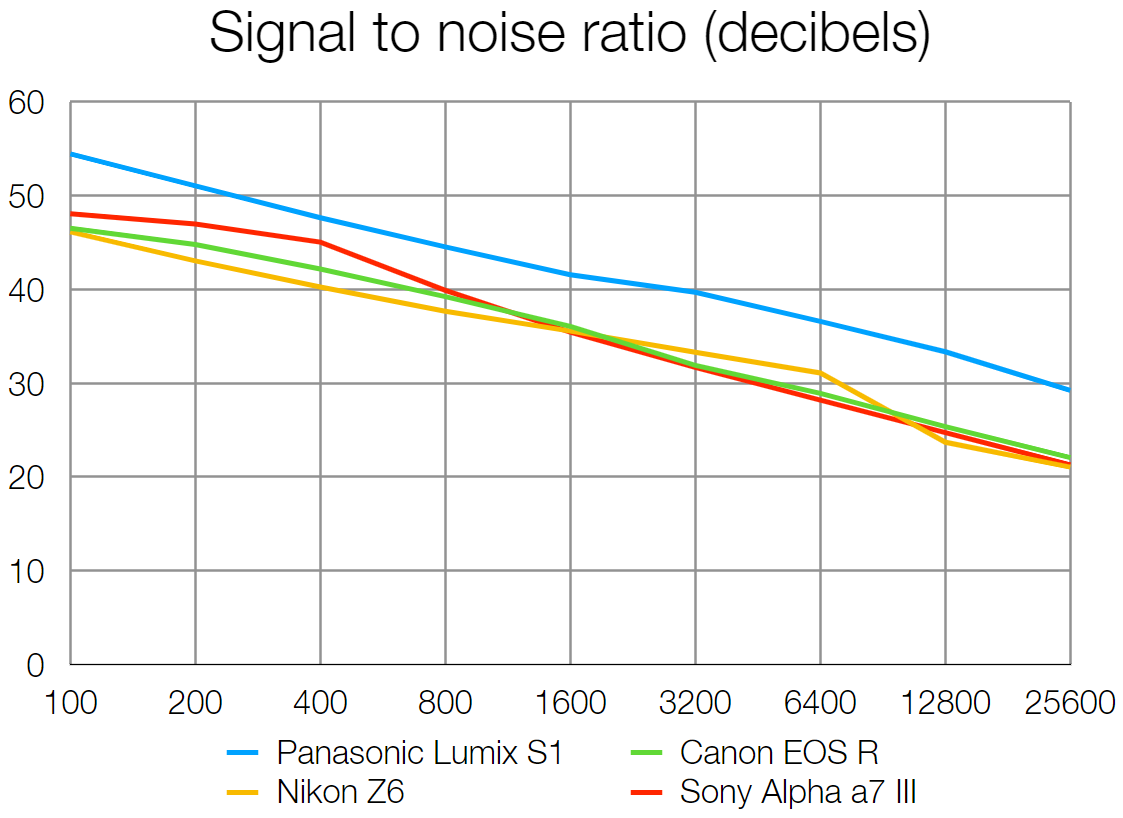
The Signal to noise test measures the clarity of images at key ISO sensitivities. Here the Lumix S1 excels, clearly beating the competition from Canon, Nikon and Sony throughout its sensitivity range. It's worth noting that, although not compared in these graphs, the Lumix S1R scores more in line with the EOS R, Z 6 and a7 III, proving the lower megapixel count of the S1 does have a significant benefit in reducing image noise.
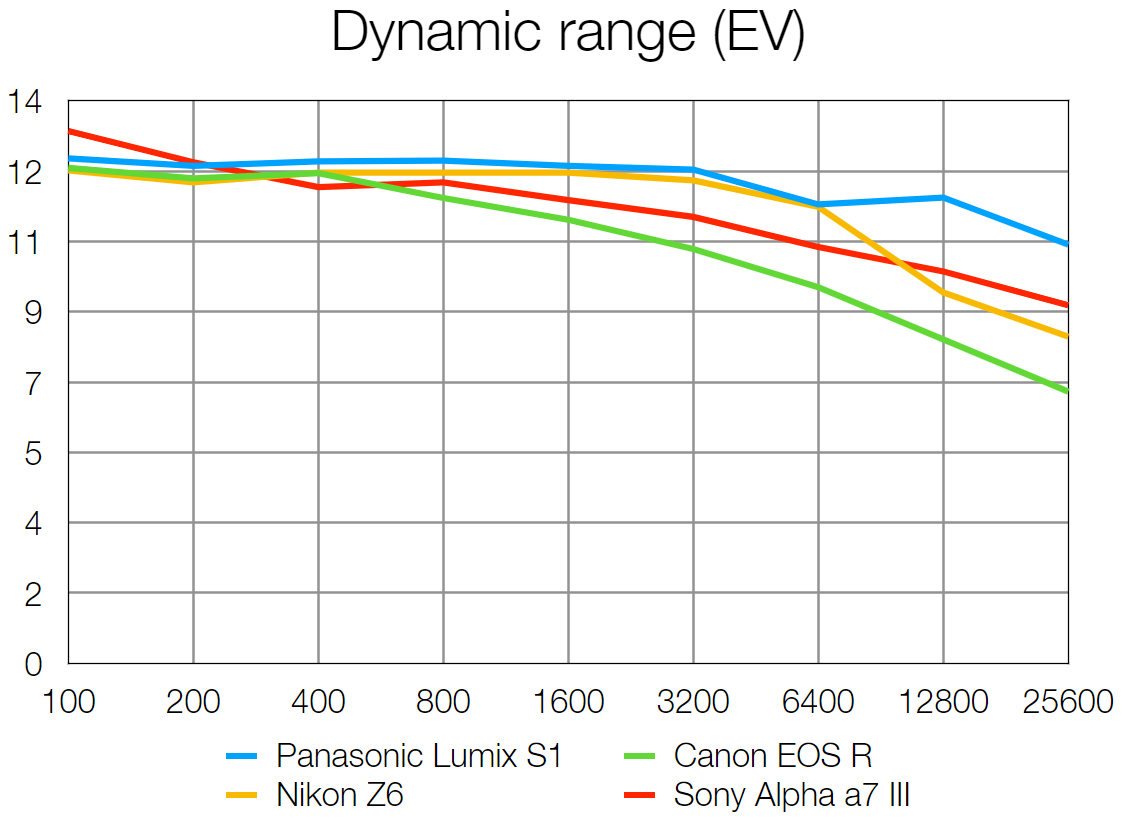
The Lumix S1 retains its lead over the competition when it comes to dynamic range. The Z 6 gives the Panasonic a good run for its money up to ISO 6400, but then gives up the fight. The EOS R and a7 III only come close to the S1's dynamic range up to ISO 800.
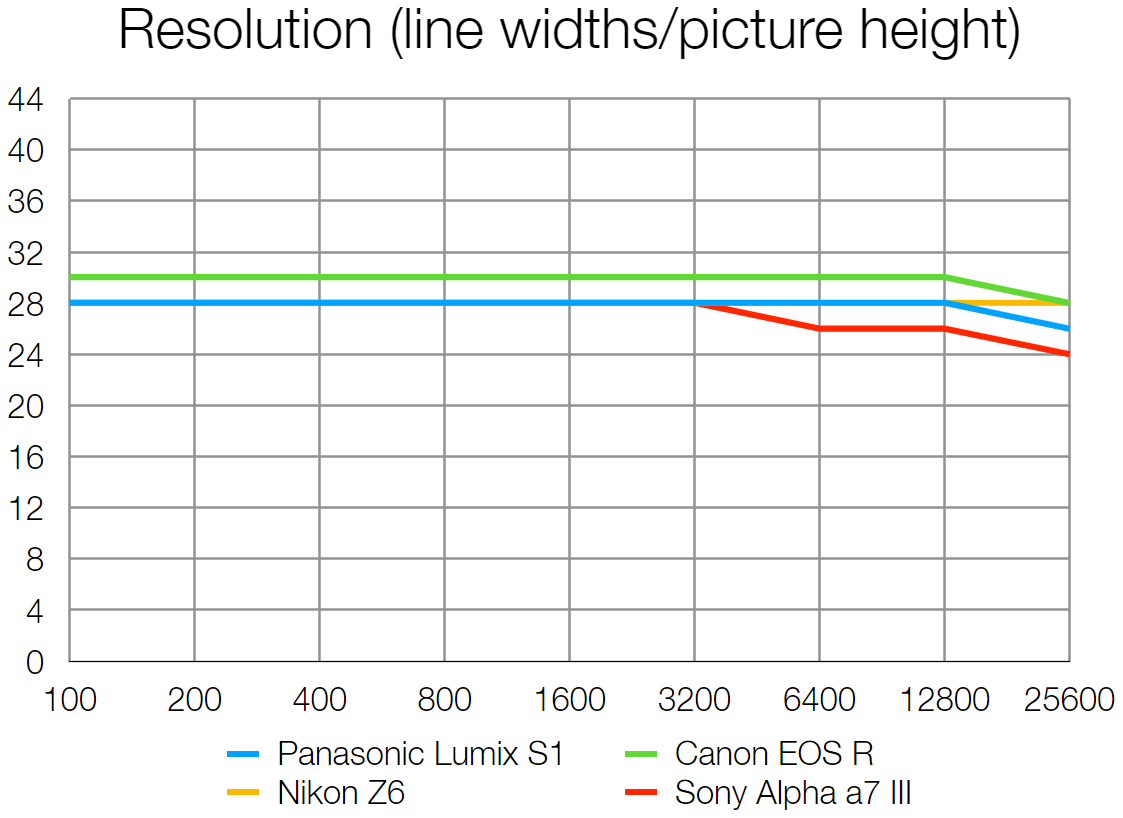
With its 30.3MP sensor, the Canon EOS R comes out on top in our resolution test - no surprise given the Panasonic, Nikon and Sony cameras all pack sensors with around 24 megapixels. All three are inseparable up to ISO 3200, but the degree and type of image noise at higher sensitivities obscures slightly more detail in the Sony's images than it does in shots from the S1 and Z 6.
Verdict and competition
The Panasonic Lumix S1 may not have the headline-grabbing megapixel count of its S1R stablemate, but it's around 35-per-cent less expensive, and though one of the pricier 24Mp full-frame mirrorless models available, it has a lot to offer. This is a great all-round performer for shooting both still and video, with an excellent array of useful features for photographers and videographers alike. While larger than the mirrorless competition, the S1 feels very solid and is built to last. Its controls take some getting used to, but the S1 offers a superb blend of direct and touch-control. Factor its huge dynamic range and great high ISO performance, along with stunning video quailty, and the S1 is a superb full-frame mirrorless camera and a worthy rival to the full-frame competition from Canon, Nikon and Sony.
Panasonic Lumix S1: the rivals
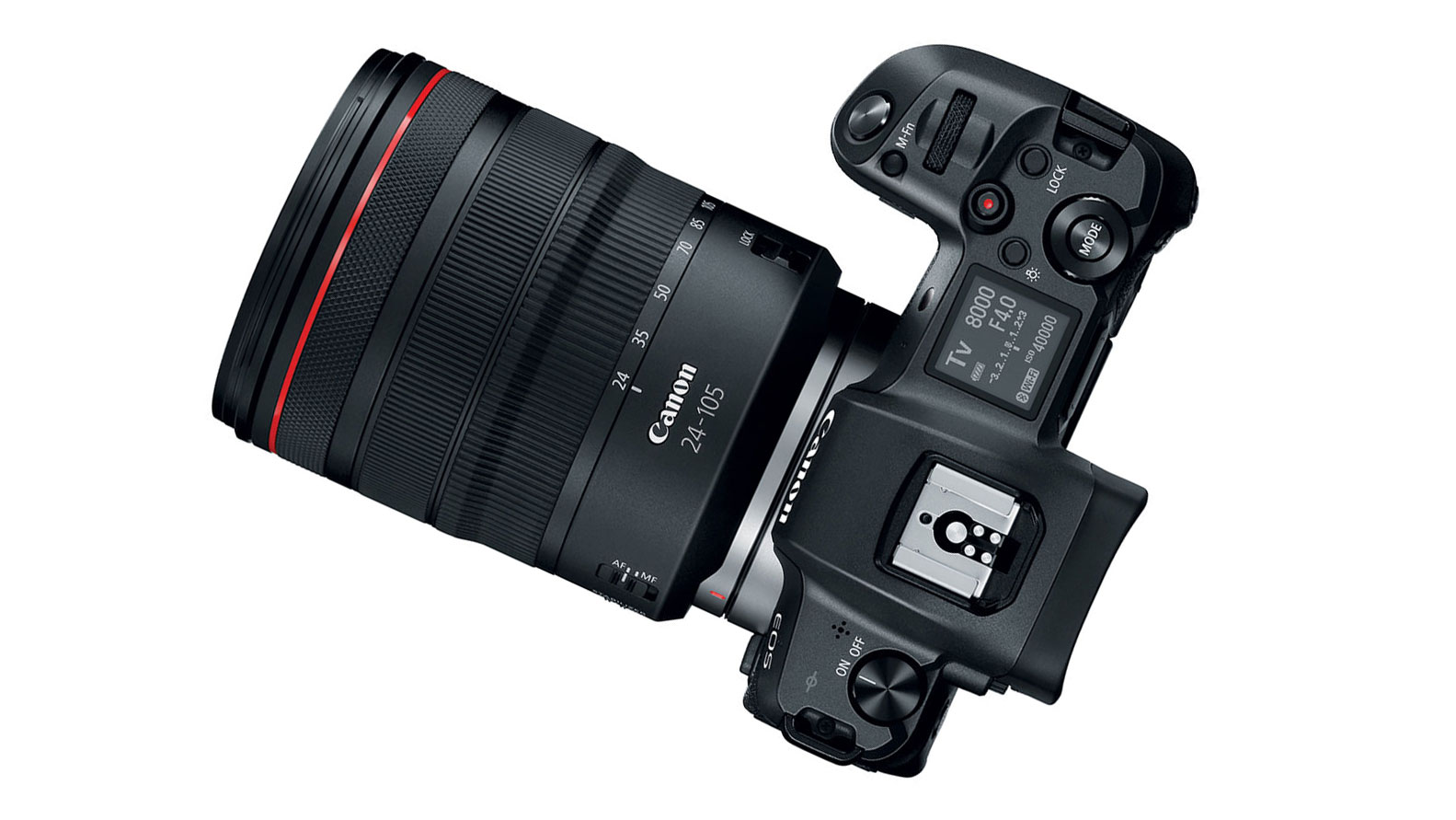
If you can get past the EOS R's lack of in-body image stablisation, it's a very competent rival to the Lumix S1. It can't quite match the S1's stellar image quality, but you do get compatibility with Canon's vast range of EF-mount lenses via an adaptor.
See our full Canon EOS R review.

Every camera has flaws and weaknesses, but the Z6 almost squeezes them out of existence. It's an incredibly capable camera for stills and video, and is the main rival to the Lumix S1. Like the EOS R, it offers compatibility with DSLR lenses, which could well give the Nikon a versatility edge over the S1's superior image quality.
Read our Nikon Z6 review
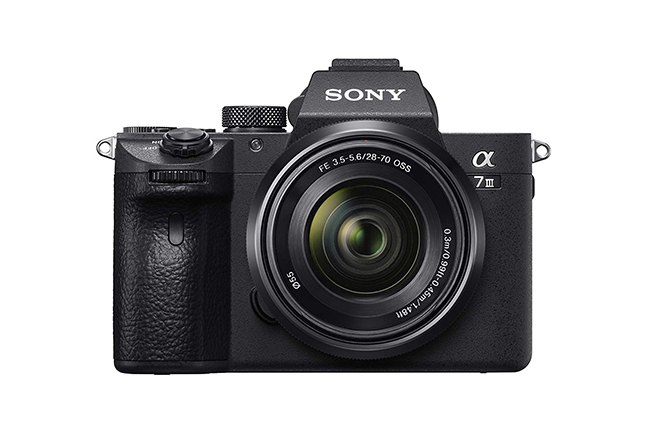
The Sony A7 III’s combination of affordability, features, frame rate and ISO range looked unbeatable… until the Nikon Z6 and now the Lumix S1. It’s starting to look somewhat outclassed, but Sony has slashed its body-only price so it's considerably cheaper than the competition.
Check out our Sony A7 III review.
Read more:
• The best Panasonic cameras
• Best L-mount lenses
• Best mirrorless camera
• Best travel camera
• Best cameras for vlogging
• DSLRs vs mirrorless cameras: how do they compare?
• What is pixel shift?
Angela has been testing camera gear from all the major manufacturers since January 2004 and has been Amateur Photographer’s Technical Editor and Head of Testing for Future Publishing’s photography portfolio (Digital Camera Magazine, PhotoPlus: The Canon Magazine, N-Photo, Practical Photoshop, Photography Week and Professional Photography magazines, as well as the Digital Camera World and TechRadar websites). She is the founder of SheClicks - a community group that encourages and supports female photographers.
